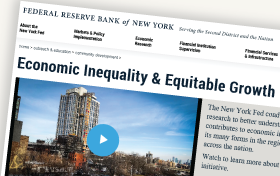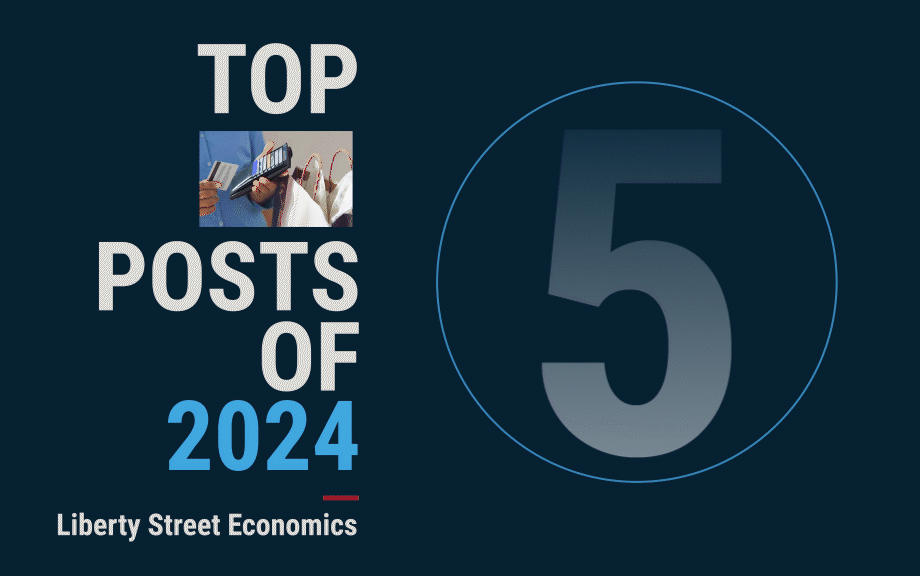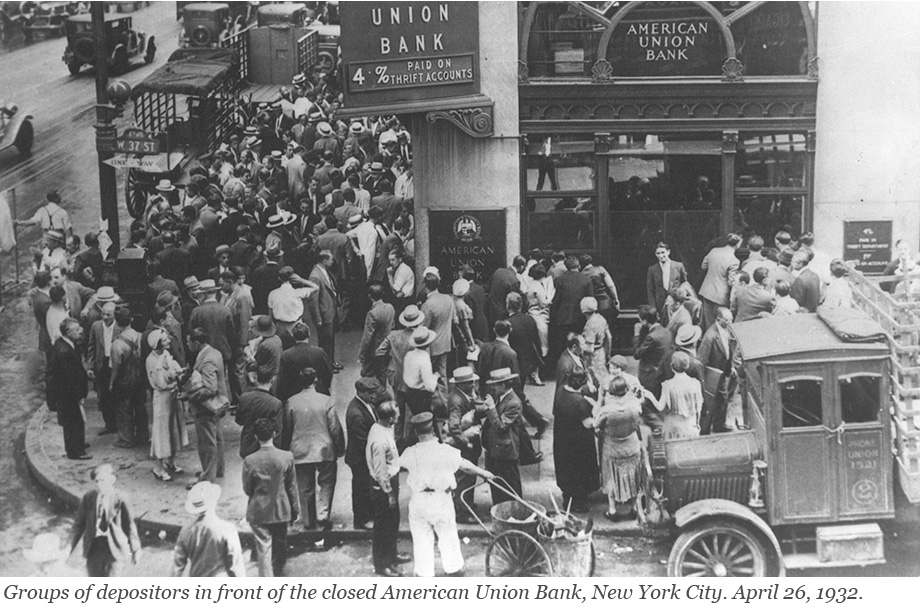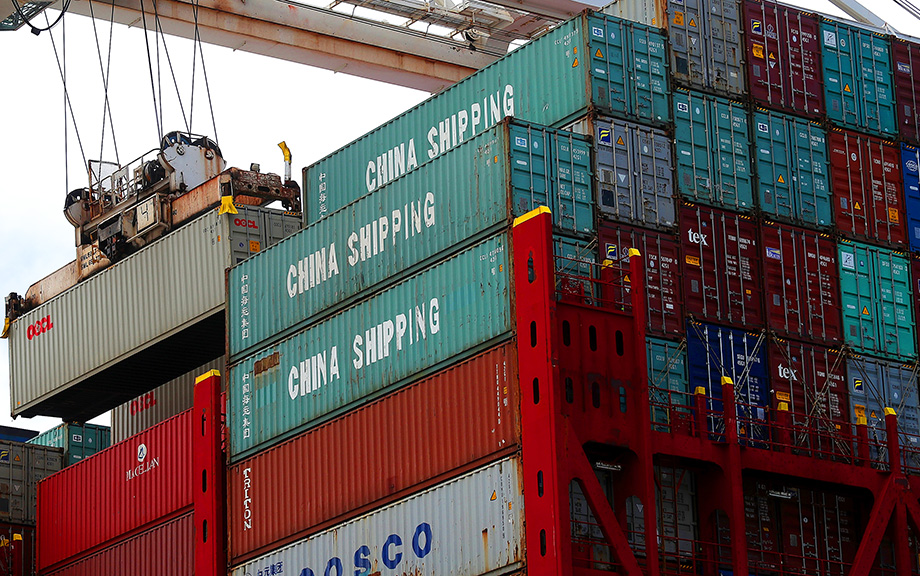
In June 2020, the Federal Reserve issued stringent payout restrictions for the largest banks in the United States as part of its policy response to the COVID-19 crisis. Similar curbs on share buybacks and dividend payments were adopted in other jurisdictions, including in the eurozone, the U.K., and Canada. Payout restrictions were aimed at enhancing banks’ resiliency amid heightened economic uncertainty and concerns about the risk of large losses. But besides being a tool to build capital buffers and preserve bank equity, payout restrictions may also prevent risk-shifting. This post, which is based on our recent research paper, attempts to answer whether and how payout restrictions reduce bank risk using the U.S. experience during the pandemic as a case study.




















 RSS Feed
RSS Feed Follow Liberty Street Economics
Follow Liberty Street Economics